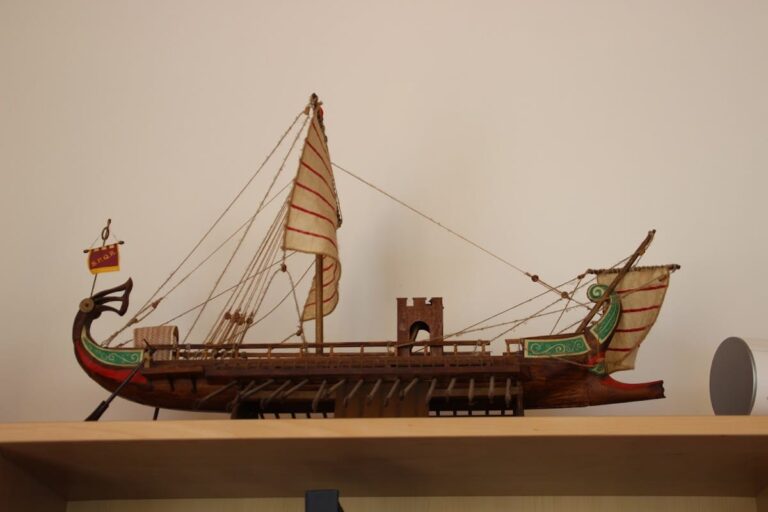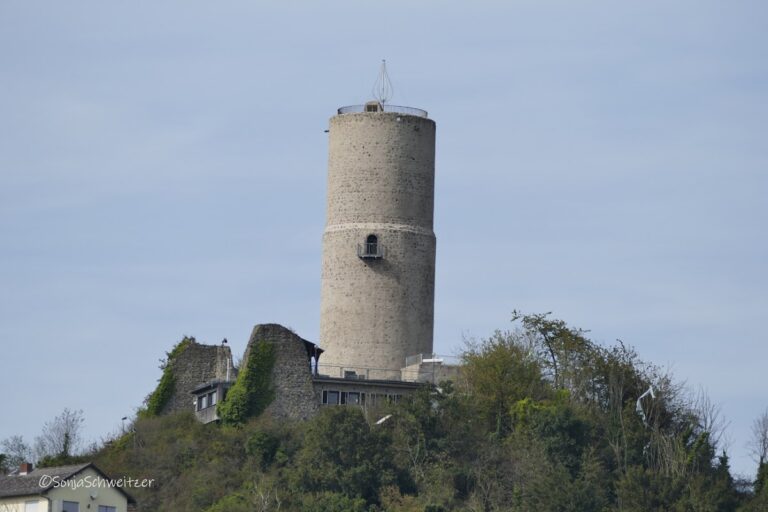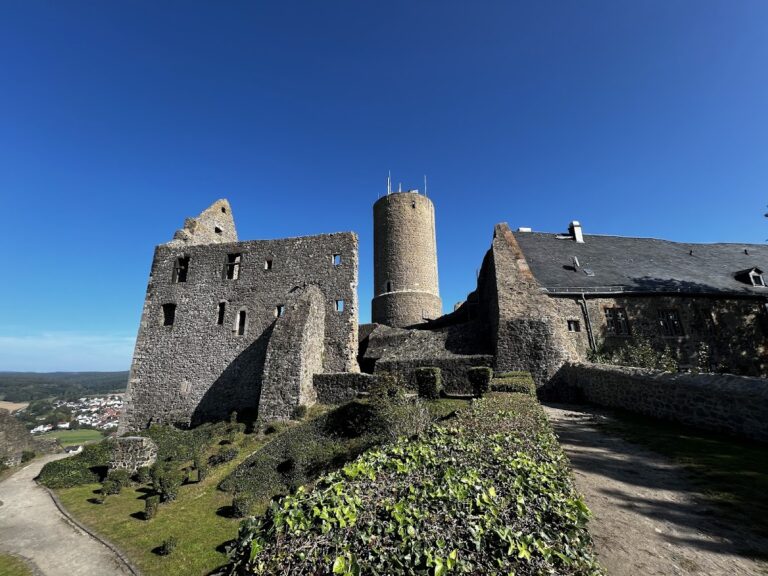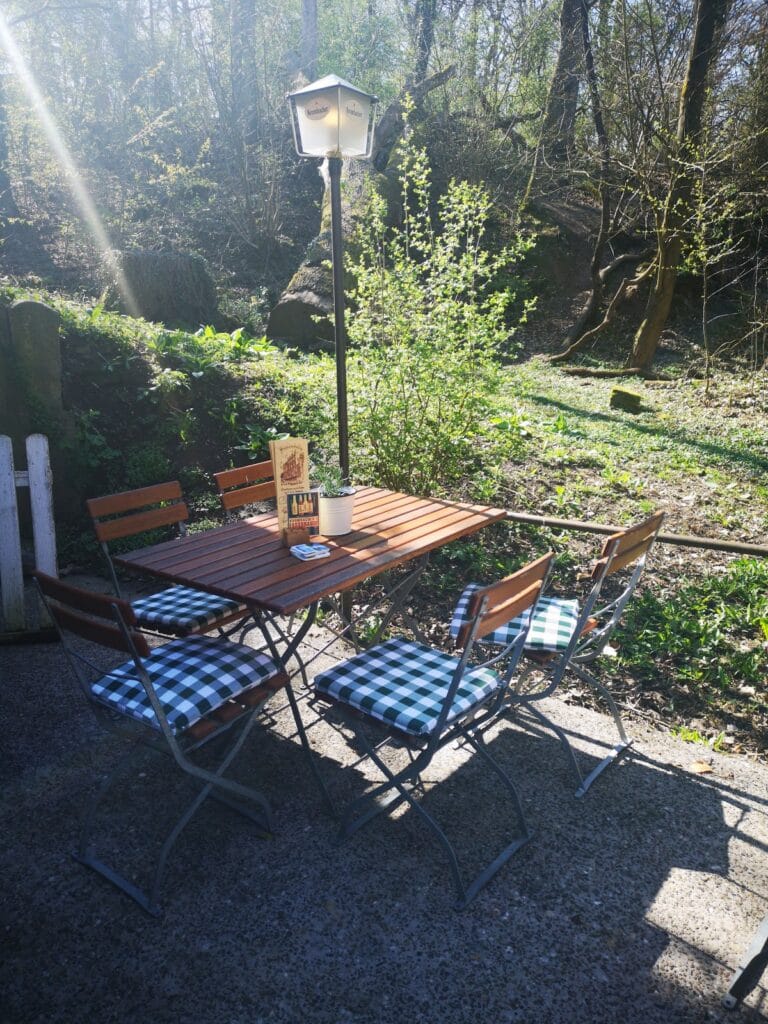Burg Kalsmunt: A Medieval Imperial Castle in Wetzlar, Germany
Visitor Information
Google Rating: 4.2
Popularity: Low
Google Maps: View on Google Maps
Official Website: foerderverein-kalsmunt.de
Country: Germany
Civilization: Unclassified
Remains: Military
History
Burg Kalsmunt is a former imperial hill castle situated above the city of Wetzlar in Germany. Its builders are uncertain, though some scholars propose an origin dating back to Roman times, while other accounts credit Charlemagne with founding the castle around the late 8th century. The early references link the site directly to the Frankish ruler Charlemagne, who is said to have named the castle “Carols Mons” or variants thereof, underscoring its importance in overseeing the city during his reign.
During the Middle Ages, the castle became a key imperial stronghold. By the 12th century, it was connected to the minting of imperial coins tied to Wetzlar, though the actual minting activities seems to have taken place within the city itself. Emperor Frederick Barbarossa expanded the castle around 1180 to strengthen imperial control over Wetzlar and the surrounding Wetterau region. Further fortifications were added by 1252, and records from this time mention castle officials known as burgmannen, who managed its defense and administration.
The castle also played a role in regional political matters. In 1284–1285, it served as the site where an impostor named Tile Kolup was imprisoned, questioned, and ultimately executed by burning. In 1285, an agreement between the castle’s occupants and the city of Wetzlar sought to prevent the harboring of enemies, highlighting the castle’s neutral position in conflicts involving the Holy Roman Emperor.
Royal appointments marked another chapter in the castle’s history. In 1286, Count Adolf of Nassau was named castellan by King Rudolf of Habsburg, a role he held until his election as King of the Romans. The castellanship was transferred to Gottfried von Merenberg in 1292, with the wealthy Merenberg family maintaining stewardship until it came under the control of the House of Nassau-Weilburg. This family occasionally pledged the office to third parties during their tenure.
By the early 16th century, Burg Kalsmunt had lost its military relevance and had come under full ownership of Nassau-Weilburg. In 1536, Count Philipp III of Nassau-Weilburg exchanged the castle and the city’s Vogtei (bailiwick or administrative district) with Landgrave Philip the Magnanimous of Hesse. From that point, the Landgrave assumed responsibility for the castle. Noteworthy is the survey carried out in 1609 commissioned by the Landgrave, producing the earliest known detailed ground plan of the castle ruins.
Plans to expand the castle into a modern fortress emerged in 1740 but were abandoned due to financial limitations. Ownership passed to the city of Wetzlar in 1803. Nearly three decades later, in 1836, the local historical society made alterations by cutting a ground-level entrance through the thick walls of the main tower (bergfried), replacing the original first-floor access. Archaeological interest grew over time, with excavations conducted in 1928 under Carl Metz and, since 2013, extensive collaborative research involving the University of Marburg and a dedicated local association has furthered understanding of the site.
Remains
The ruins of Burg Kalsmunt occupy a basalt cone rising about 90 meters above the city of Wetzlar, offering a strategic vantage point over the surroundings. Constructed primarily during the medieval period, the castle’s layout reflects its role as an imperial stronghold designed to oversee the city and neighboring territories. Its elevated position on volcanic rock provided natural defense complemented by man-made fortifications.
A central feature of the castle is the bergfried, or main tower, notable for its robust walls approximately three meters thick. Originally, access to this tower was gained through a first-floor entrance connected to an adjoining tower annex, a defensive design common in medieval castles to hinder attackers. In the 19th century, this entrance was altered to a ground-level doorway bored through the massive stone walls, making the tower more accessible but underscoring the shift from military use to historic preservation.
Within the castle’s enclosure, fortifications expanded during the 13th century remain visible, though detailed architectural descriptions are limited. The site’s defensive structures illustrate the medieval emphasis on protecting the city and maintaining imperial authority in the region.
A denar coin minted during Frederick Barbarossa’s reign features a crowned figure seated on a folding chair holding a lily scepter and palm branch, inscribed with “Calsmund.” This coin signifies the castle’s symbolic association with imperial power and the nearby minting operations tied to Wetzlar.
Archaeological excavations conducted in the 20th and 21st centuries have unearthed various features around the castle grounds and documented the site’s layout. Research carried out by the University of Marburg includes mapped trenches and measured remains, although specific finds such as artifacts or decorative elements have yet to be detailed publicly. The combination of natural basalt formations and medieval masonry reveals the castle’s adaptation to its distinctive landscape.
Today, the remains stand as a testament to centuries of evolving use, from its perception as a royal foundation through imperial expansion and administrative functions, to its modern status as a preserved historical ruin. Its enduring presence above Wetzlar continues to embody the legacy of medieval imperial architecture and governance in the region.










